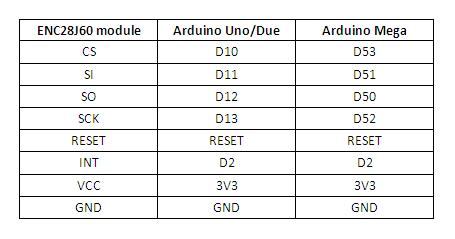
This article explores the concepts of misinformation and disinformation and defines disinformation to be a subset of misinformation. Key research gaps include understanding the diffusion of climate change misinformation on social media, and examining whether misinformation extends to climate alarmism, as well as climate denial. No single approach addresses all concerns about misinformation, and all have limitations, necessitating an interdisciplinary approach to tackle this multifaceted issue. These include educational, technological, regulatory, and psychological-based approaches.

A variety of ways to understand and address misinformation, from a diversity of disciplines, are discussed. Underlying belief systems and social norms, as well as psychological heuristics such as confirmation bias, are further factors which contribute to the spread of misinformation. Once in the public domain, characteristics of online social networks, such as homophily, polarization, and echo chambers-characteristics also found in climate change debate-provide fertile ground for misinformation to spread. A network of actors are involved in financing, producing, and amplifying misinformation. But what is climate change misinformation, who is involved, how does it spread, why does it matter, and what can be done about it? Climate change misinformation is closely linked to climate change skepticism, denial, and contrarianism. In the setup, the LCD is initiated with lcd.init() and the backlight is turned on with lcd.backlight().Policymakers, scholars, and practitioners have all called attention to the issue of misinformation in the climate change debate. Connect to LCD via I2C, default address 0x27 (A0-A2 not jumpered) You will need to change ‘lcd’ to the new name in the rest of the sketch. You can give it a different name if you want like ‘menu_display’. Note that we have called the display ‘lcd’. When using a 20×4 LCD, change this line to LiquidCrystal_I2C(0x27,20,4) This is where you will need to change the default address to the address you found earlier if it happens to be different. The next step is to create an LCD object with the LiquidCrystal_I2C class and specify the address and dimensions.įor this, we use the function LiquidCrystal_I2C(address, columns, rows). #include // Library for I2C communication

The other library imports wire.h automatically. *When using the latest version of the LiquidCrystal_I2C library it is no longer needed to include the wire.h library in your sketch. In the rest of this tutorial, I will cover more of the built-in functions of this library. As mentioned earlier we need both the wire.h* and the LiquidCrystal_I2C library. First, the required libraries are included.


 0 kommentar(er)
0 kommentar(er)
